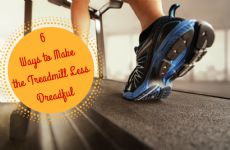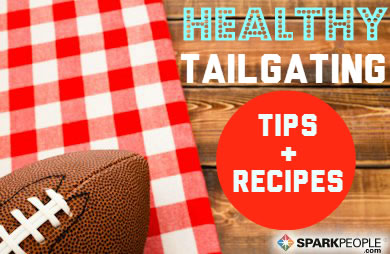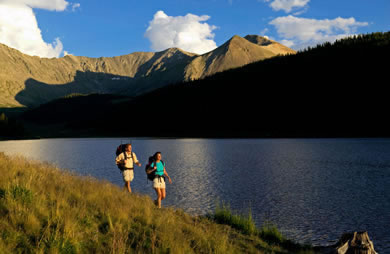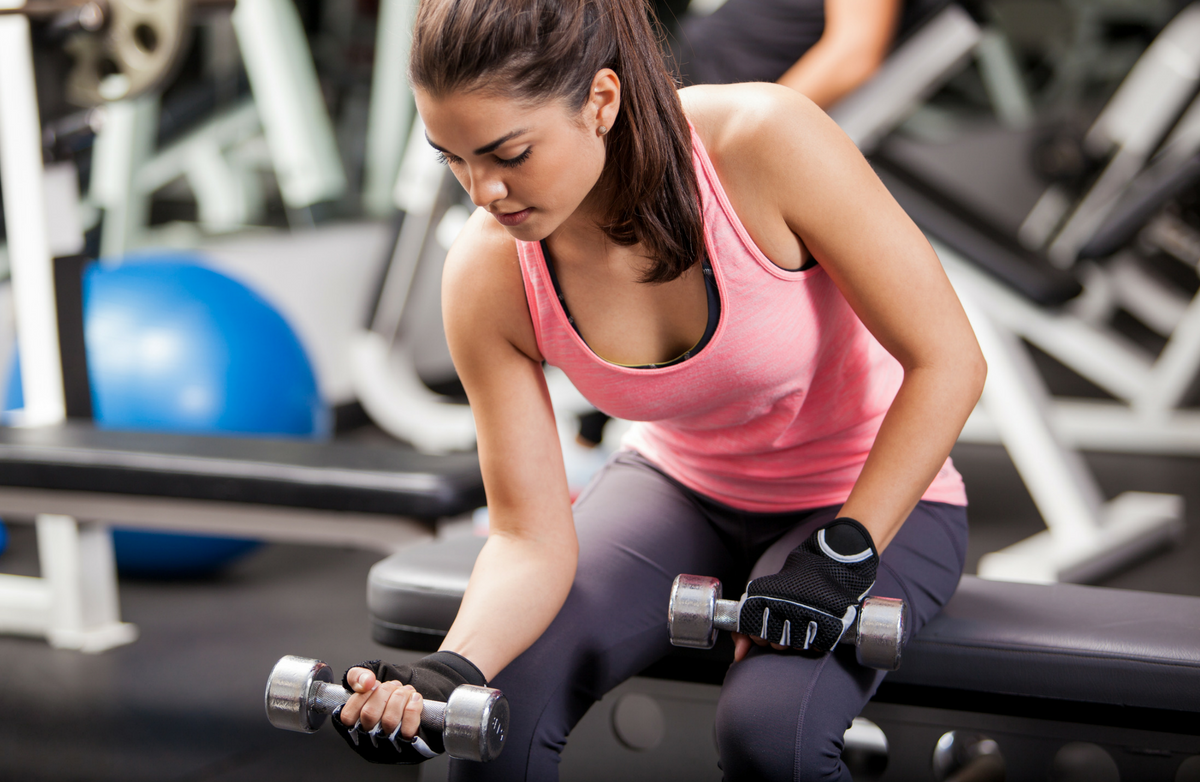|
After running for 12 years, I realized it was finally time to bite the bullet, challenge myself and sign up for my first half marathon. While I have done 5Ks and 10Ks in the past, a half marathon brings its own unique set of challenges and the Flying Pig is no different. With those challenges comes a need for gear that will keep runners both comfortable and strong as they power through those longer distances. While subpar gear can be sufficient for 5K and 10K races, running such a distance with bad gear can lead to problems. For instance, I find that I can easily knock out a 5K in bad running shoes, but at longer distances, I start to notice joint and even shin issues with bad shoes. Understanding the importance of having the right gear for race day (and in the months before the starting gun goes off) is key in making training as pleasant as possible. Running Shoes and Clothing Thus far, the award for Most Essential Training Gear item has to go to my good pair of running shoes. There are two keys to keeping your feet happy mile after mile: Finding a running shoe that fits you well and replacing your running shoes when they need to be replaced. I like to replace my running shoes after I have put around 250 to 300 miles on them. After 300 miles, the padding starts to disappear, which is when I start to notice joint issues and shin splints. When running shorter distances, you may be able to get away with an old running shoe. However, you put a lot of stress on your body during those long 10-plus mile runs, and a good pair of running shoes can help to reduce this stress on your legs and joints. Jeffrey Denny, a sales associate at the Running Spot in Cincinnati, OH, agrees. "Our usual rule of thumb is to change your shoes every 300 to 500 miles. This is about the time people see the tread wearing down, we usually tell people to try to keep track of the mileage. You might start to feel random aches and pains when your shoes are going." He adds that, "Some people change shoes every six months. Some who run less frequently can change every year." In addition to making sure my shoes are up to par, when running in winter I need to make sure I'm dressed appropriately. For my upper body, I have been fine just layering up. I do have an Under Armour long-sleeve compression mock, which is nice, but not necessarily essential. For my lower body, I have found that a pair of warmup pants work great. Surprisingly, it is the gloves, hat and socks that have been the most essential investment I've made up to this point. It can be a challenge to find a pair of socks that strike a good balance between comfort and warmth at the same time, so ask your local running store for suggestions. The same goes for the hat and gloves to a lesser extent. Keeping your extremities warm can go a long way in keeping you comfortable running in cold weather. Using Tech While Training Technology can add a lot to your training. A number of apps exist that can help you track both your mileage and your time, which can help monitor your progress throughout the weeks leading up to the big day. I personally use RunKeeper and my smartphone to keep track of the distance and pacing of my runs. With a good set of earbuds and your phone, your run will fly by thanks to the assistance of great running tunes. Create a new playlist with empowering songs every few weeks to keep your runs feeling fresh and fun. It is also a good idea to track your calorie intake, calories burned and water intake to make sure your body is getting the nutrients it needs to operate at its best. I might be biased, but SparkPeople's tracking options are unparalleled. Water and Nutrition During Runs I have been doing my long runs with a group and they provide water along the route. However, on race day and when I need to train alone, I definitely need to bring some water along. There are many products on the market for this, including a water bottle belt. While I don’t own one of these yet, I am considering getting one as the weather gets warmer and my runs get longer. So far, I have found that a simple 12-ounce water bottle is light enough to carry and provides enough water for my current distance. Josh Cox, a four-time Olympic trials qualifier, three-time National Team member, and the American record holder in the 50K, agrees. "Hydration is key, not only during exercise, but all the time. Being even slightly dehydrated has a profound negative effect on our ability to perform at our best. How much one should drink during the race is predicated by sweat rates and the weather, if heat and humidity are playing a role then fluid intake needs to rise accordingly. It’s important to remember to not only drink water but to have an electrolyte drink as well. During a race I’m taking in calories every 15-20 minutes. Generally speaking, we should all always have a bottle of water nearby. It’s best to sip water or electrolytes all day." Another thing you may want to consider on longer runs is bringing some type of snack along with you. I plan to use are nutrition gel packs, which are easy to carry and provide 100 calories plus essential nutrients in each pack. When discussing what to eat during training, Josh brings up the cardinal rule of a marathon: "'Don’t do anything new on race day.' This applies to the night before and morning of the race as well. You want race weekend to be turnkey. A way to facilitate this is to practice all aspects of the marathon in training, including your meals," he says. Tara Coleman, a clinical nutritionist, divides running nutrition into three components: water, electrolytes and carbohydrates. "I find that for most of my clients getting on a 15-minute fueling schedule works well. It makes sure you don’t miss important nutrition and it helps mentally break up the run!" She adds that a good starting point for alternating hydration with fuel is: 15 minutes in, drink four ounces of water, at 30 minutes, drink four ounces of an electrolyte drink, then at 45 minutes, take in 100 calories of carbs (in gel or shot block form). "Continue rotating [this] for the duration of your race. Everyone will be a little different so experiment. Perhaps you only need two ounces of electrolytes or prefer a 20-minute cycle," she says. Night Safety Gear With about 50 percent of my runs being completed either in the early morning or evening hours, running in the dark is something that requires additional planning. To stay safe in the dark, you will want something that will make you visible to cars. Consider purchasing a reflective vest or a blinking light to ensure you're seen by passing cars and bicycles. A headlamp is also a great tool for helping you to see the path in front of you. Without one, you risk tripping on a crack or other debris. My Training Update: So far, my training is going great! I recently just completed an 8.5 mile run and I felt really good afterward. The weather seems to be getting a bit warmer which is a big plus as well. Earlier in my training, I did have a little bit of knee soreness. However, I bought a new pair of running shoes and took a few days off and haven't noticed any problems since. The above list contains the gear I find to be the most useful on my training journey. Do you have any gear that you swear by when training for a full or half marathon? Let us know in the comments! Join us every other Tuesday as we update you on our Flying Pig half marathon training, and help you get prepared for a big race. Follow along on our journey on Instagram using the hashtag #runsparkrun. We hope you love these product a much as we do! SparkPeople may collect a small percentage of revenue from links on this page. |
Popular Entries
Related Entries
More From SparkPeople
|



.png)





.png)










